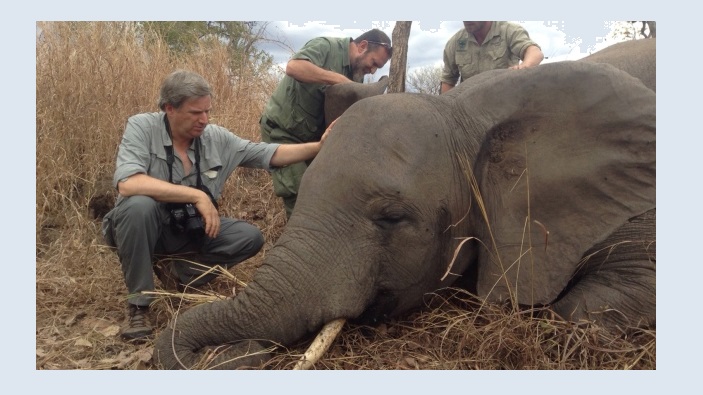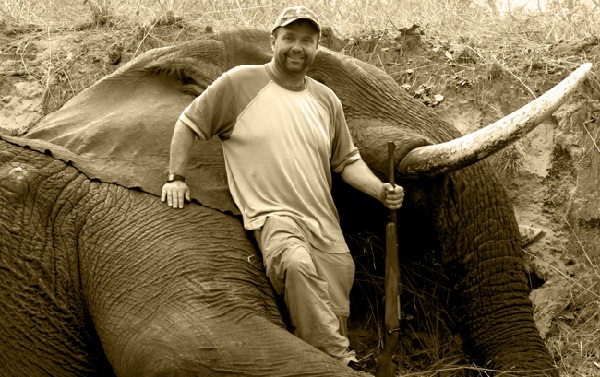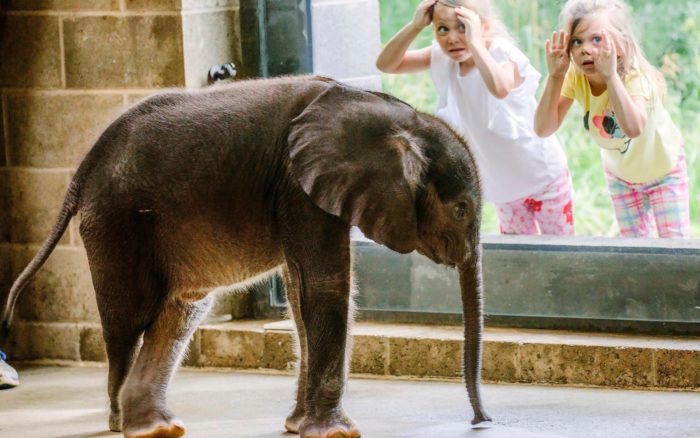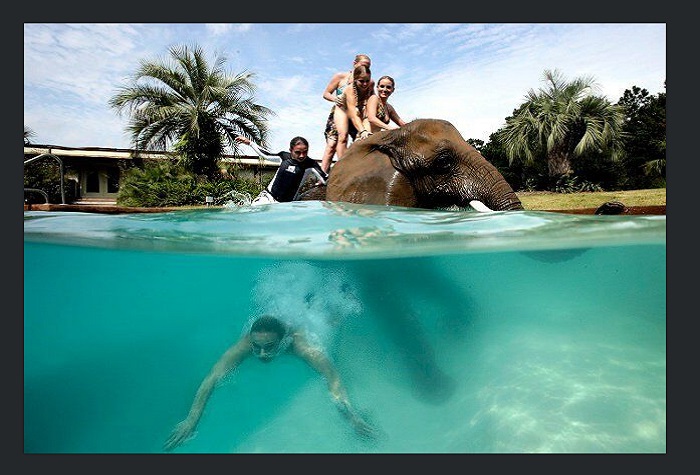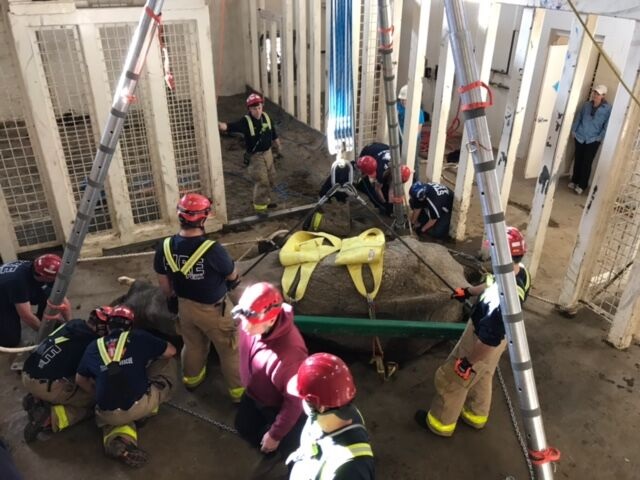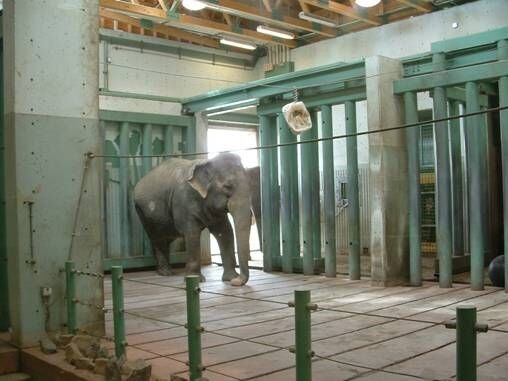Elephants are super smart — as close to humans as apes, yet we are literally killing them to extinction.
And they are obsessed with their death. They understand what is happening to them and their families, even identifying elephant bones and spending hours crying over them. Poaching is so emotionally devastating that it can take a herd 20 years to recover!
100 elephants a day are dying — shot sometimes from helicopters, their faces cut off by machetes often while still alive — just to produce ivory trinkets. What’s worse is that this savagery is managed by organized criminals who help fund some of the most dangerous terror groups in the world.
But now there’s reason to hope: China just announced it will phase out its ivory industry and there is legislation in eleven US states calling for a ban on ivory trading. It’s a tipping point moment in this fight for these majestic animals and we can make sure demand everywhere dries up by funding a flood of campaigns in the US, Thailand and Vietnam to kill the biggest ivory markets anywhere.
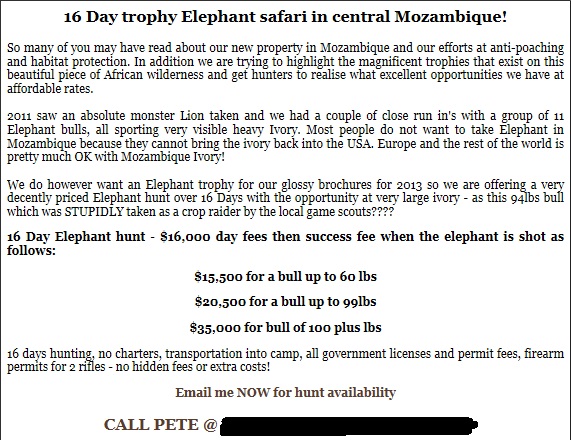
Click here to pledge to fund species-saving work, pledges won’t be processed unless we raise enough to manage this ambitious goal.
Killing elephants is serious business — as wild elephants die out, the price for stockpiles of ivory skyrockets. Now poachers are on a race to kill as many elephants as they can. In 5 years, Mozambique has lost half of their elephant population. The clock is against us and if the current rate of killing continues, in little more than a decade, there may be no wild elephants, only graves.
The news from China could be our best chance to turn the tide and with top notch Avaaz campaigning in 11 states in the US, and in Thailand and Vietnam, we could help stop demand for bloody ivory, while supporting cutting edge anti poaching initiatives on the supply side. Here is what a dedicated global team could do:
- Fund hard-hitting ad campaigns in SE Asia and the US to dissolve demand for ivory trinkets;
- Launch online sites in SE Asia and the US to inform consumers of the suffering and carnage to help change the culture towards ivory;
- Support and ramp up citizen campaigning in the consumer markets in SE Asia and the US;
- Back ranger protection programmes in Africa and creative, ground-breaking initiatives like drones to monitor remote parks.
Avaaz has millions of members across the world, from the countries where conservation is critical to the countries where ivory statues are sold. If we each chip in we can finally help put the brakes on this cruel trade and move fellow humans to respect the other species that share this planet with us.
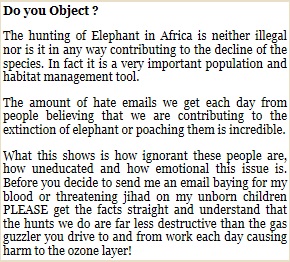
The choice before us is simple: act now or lose African elephants forever. Let’s not let ours be the generation that butchered these regal beings off the face of the earth. Let’s do what our community does best — pick careful battles, fight smart to ban the trade, and spread a culture of compassion.
SOURCES
African elephants could be extinct in wild within decades, experts say (The Guardian)
http://www.theguardian.com/environment/2015/mar/24/african-elephants-could-be-extinct-in-wild-within-decades-say-experts
African forest elephants are being massacred into extinction (Salon)
http://www.salon.com/2014/01/05/african_forest_elephants_are_being_massacred_into_extinction_partner/
Wild African elephants on verge of extinction, say experts (Al Jazeera)
http://america.aljazeera.com/articles/2015/3/23/wild-african-elephants-on-verge-of-extinction.html
At this rate, elephants will be wiped out within 10 years (The Independent)
http://www.independent.co.uk/voices/comment/at-this-rate-elephants-will-be-wiped-out-within-10-years-9012557.html 

